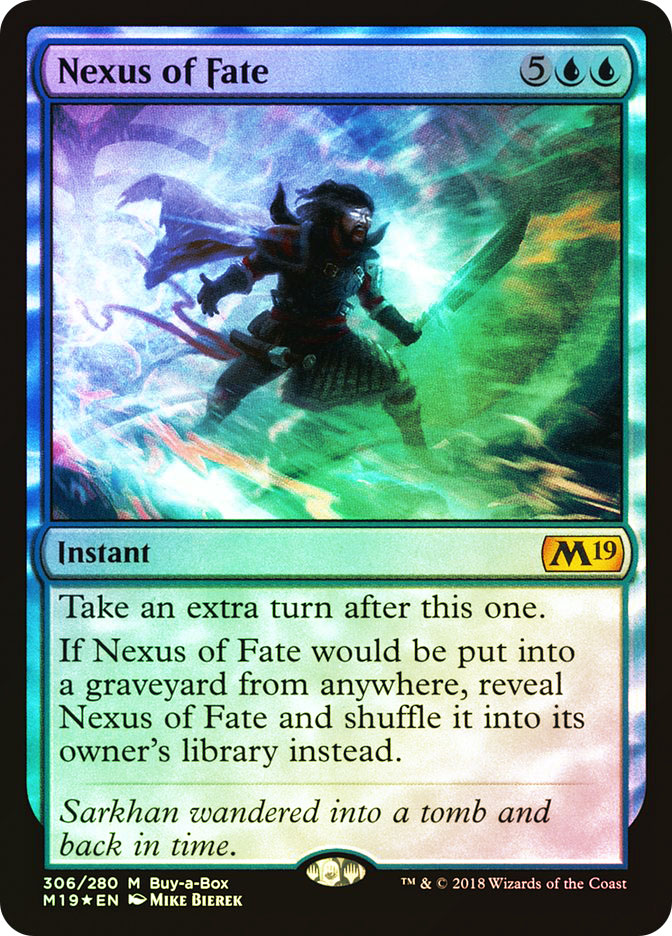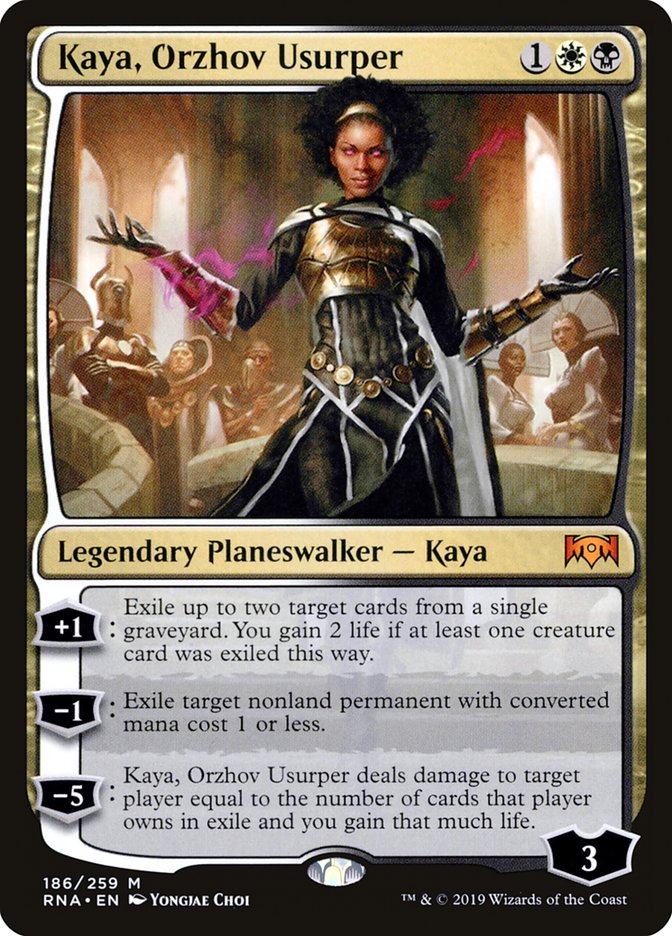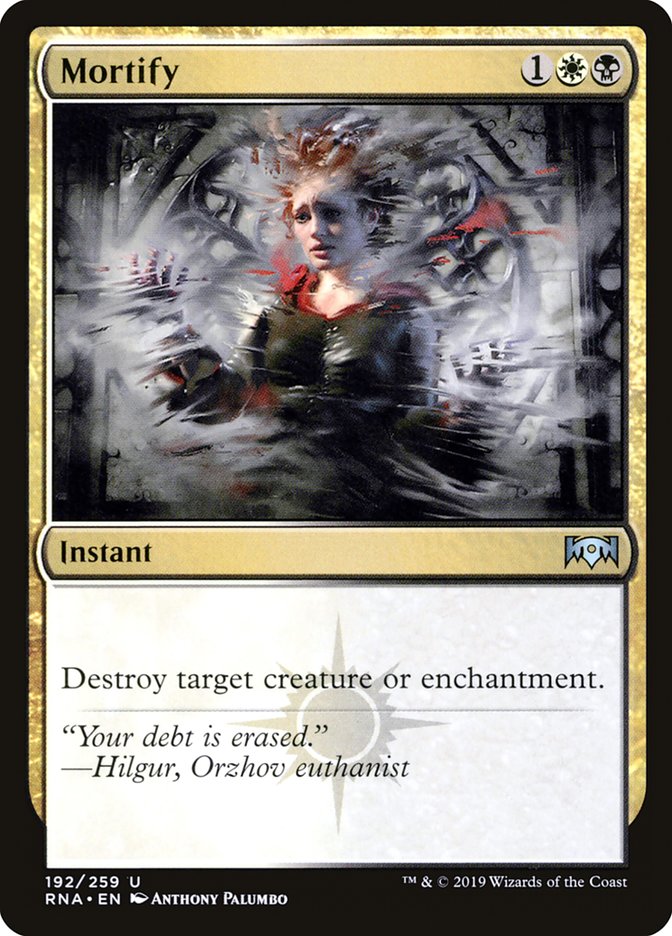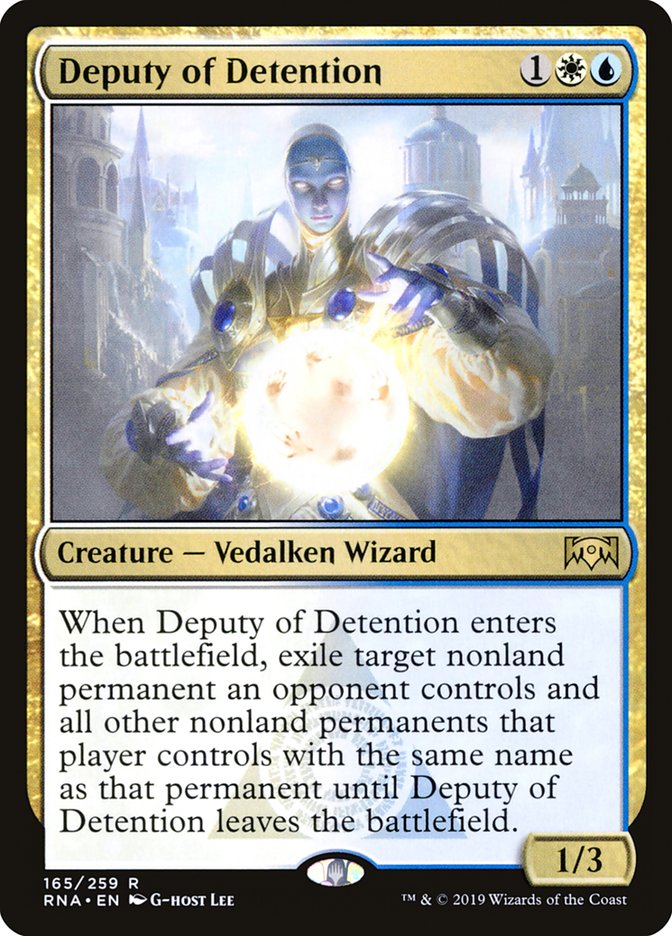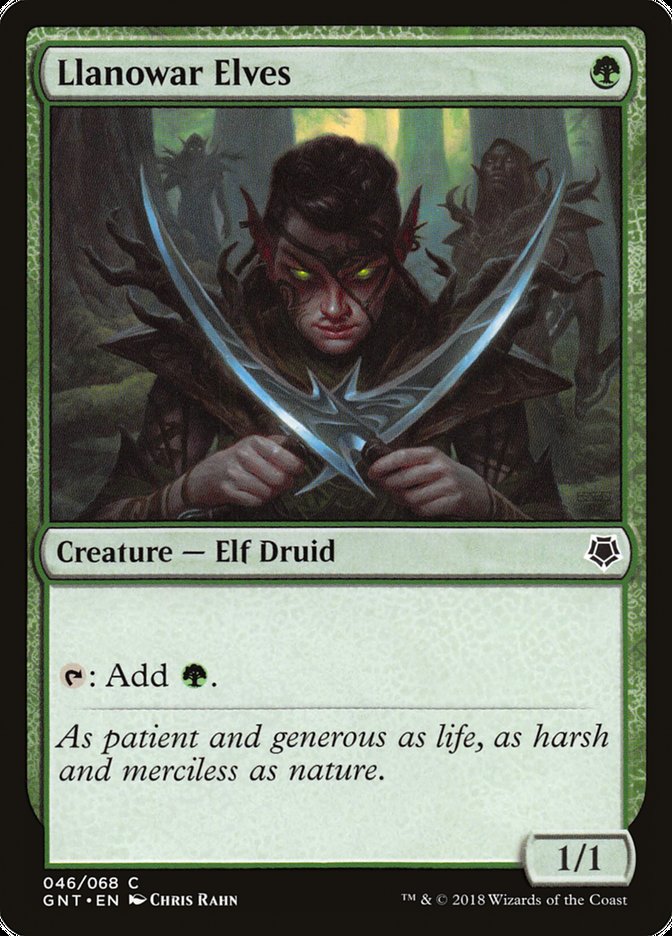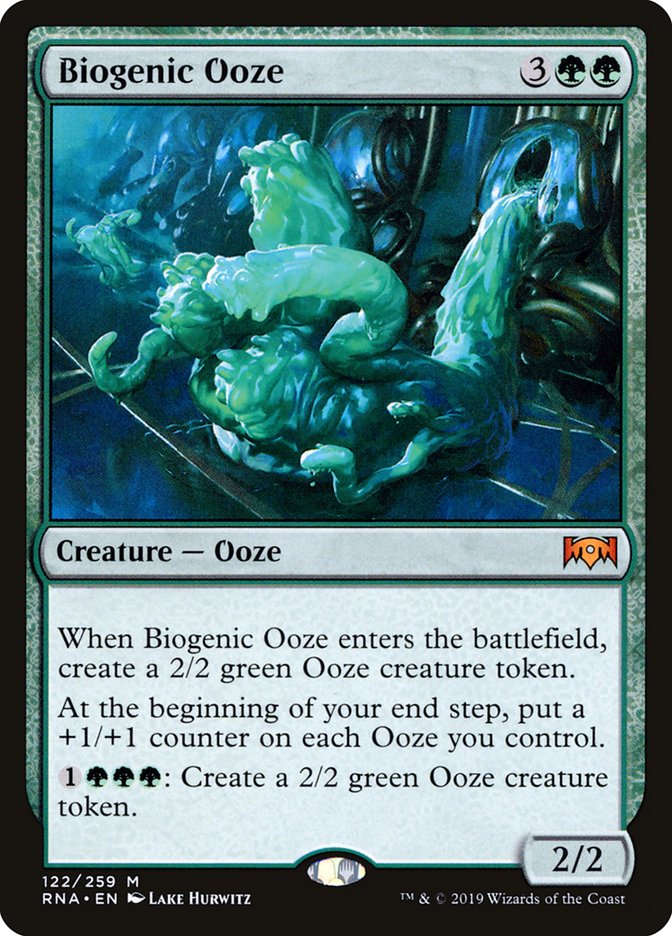I’ve made my fair share of mistakes throughout my Magic career. In my earlier days, it would come in the form of frequently missed lethal attacks, bad sideboarding, and general confusion about how to win games. Lately, my biggest gaffes have occurred before my first hand is ever drawn. At both Pro Tour Guilds of Ravnica and Mythic Championship Cleveland, I registered a lukewarm pile of green and black cards despite my friends doing everything they could to enlighten me on how unbelievably medium the deck was.
Why am I bringing this up? At the end of the month is the first ever Mythic Invitational. It’s shaping up to be the most important tournament in my professional career and I’m terrified that I’ll select the wrong deck again. To that end, I’ve been playing a lot with the deck that many of my teammates and friends recommended for the last Mythic Championship, Esper Control.
Planeswalkers (5)
Lands (26)
Spells (29)
- 4 Absorb
- 3 Mortify
- 2 Negate
- 2 Vraska's Contempt
- 2 Search for Azcanta
- 2 Moment of Craving
- 1 Cast Down
- 4 Thought Erasure
- 4 Chemister's Insight
- 2 Cry of the Carnarium
- 3 Kaya's Wrath
Sideboard

The format is certainly different at the Mythic Invitational and pretending that Duo Standard is anything like best-of-three Magic would be disingenuous. The first, and most drastic, change is the banning of Nexus of Fate. Without Nexus singularly attacking the rest of the format from a unique angle, the reactive strategies, Esper chief among them, get to focus some precious extra slots towards beating aggro.
The absence of Nexus extends beyond simply being able to put another copy of Kaya’s Wrath into your 60. This also removes what is likely your worst matchup from the available pool, as the combo deck is able to match Esper’s land drops and has an incredibly powerful bait spell in the namesake Time Walk.
The next difference that favors Esper is how Duo Standard exacerbates the issues with dead cards. With Teferi’s unfortunate ability to tuck himself until your opponent decks, you’re under no obligation to play any win conditions that may turn on your opponent’s reactive elements. This is in stark contrast with something like Golgari, which may need those reactive cards to stunt the aggro portion of the format, but oftentimes will not be able to best a control strategy should it draw any blank interaction.
While technically all you need is Teferi to win the games, I’ve opted to include a singleton Kaya, Orzhov Usurper as well. It’s an incredibly narrow card, but the metagame is unusually vulnerable to the card. Mono-White, Mono-Red and Mono-Blue are all among my top five most expected archetypes to face and all are decks that care very much about reducing your life total to zero and do it with eight to sixteen one-drops. Beyond that, Kaya has surprising utility in the mirror, mainly by containing my opponent’s Search for Azcanta and occasionally hitting the stray Chemister’s Insight.
One unfortunate thing about the nature of Duo Standard is that you must bring multiple decks, so while I’m quite confident Esper is excellent, I’ve had to do a bit of soul searching to find a suitable backup. My first thought was, why not more of a good thing?
Creatures (21)
- 2 Lyra Dawnbringer
- 4 Thief of Sanity
- 3 Deputy of Detention
- 4 Seraph of the Scales
- 4 Basilica Bell-Haunt
- 4 Hero of Precinct One
Lands (24)
Spells (15)

Esper Midrange remains a bit of a pet deck of mine after I took it to a Top 8 at the first event of Ravnica Allegiance Standard, SCG Indianapolis. The main weakness of the strategy has always been Sultai Midrange, and in my estimation that deck is trending down in Standard in both traditional and best-of-one play.
My list hasn’t been changed much since that first tournament, but I have found access to maindeck Duress to be pretty strong. Most decks you’d expect to play against have close to fifteen hits, and reaching a critical mass of discard spells can let your Thief of Sanity run wild against control. Mortify and Deputy of Detention are present as removal spells that can potentially be stranded against Esper, but the fact that Deputy can still tag Teferi and Mortify has Search for Azcanta as a premium target make me think these cards are fine for the time being.
Ultimately, Esper Midrange has the same strengths it has always had. You should be a favorite against Mono-White and Mono-Red Aggro and close against the rest. While I’m probably a tad heavy on cards that cost four mana and not exactly where I want to be quite yet, I think there may be something here for the Mythic Invitational.
Another alternative I tried I’ve affectionately dubbed “Why Do I Keep Doing This To Myself,” but you might know it better as “Golgarbage.”
Creatures (23)
- 2 Carnage Tyrant
- 4 Wildgrowth Walker
- 4 Merfolk Branchwalker
- 2 Seekers' Squire
- 4 Jadelight Ranger
- 2 Ravenous Chupacabra
- 2 Midnight Reaper
- 3 Biogenic Ooze
Planeswalkers (4)
Lands (23)
Spells (10)

Yes, I know I should know better, but this deck strikes me as having potential. The biggest deviation from traditional lists comes from my complete lack of Llanowar Elves, to again find room for copies of Duress. Against the aggro decks in best-of-one, you lean quite heavily on Wildgrowth Walker, so stripping your opponent of Lightning Strike or Conclave Tribunal can enable the Elemental to run away with the game. This is also a case of addition by subtraction, as Llanowar Elves is simply quite anemic when the most-played creature is likely to be Goblin Chainwhirler and the best deck runs five sweepers.
The other innovation is the inclusion of multiple copies of Biogenic Ooze. The multiple blockers the Ooze provides is key in catching up to fast aggro starts and that kind of effect is unique in Golgari’s card pool. Ooze is also a reasonable threat against Esper Control. Being able to force out a sweeper with only one card committed is the kind of exchange you need to be able to win that matchup.
When it comes to removal, I’ve taken a bit of an extreme stance by playing zero copies of Cast Down. This means that every card will have at least an iota of utility no matter what I’m playing against, at the cost of less game against aggro. Still, though, this deck has some problems. Beating Mono-Blue feels like a Herculean task, and you can build a shell that can beat aggro or control rather easily, but I’ve yet to been able to line up cards in a way that can beat both.
This final deck I’d like to talk about is a bit of a blast from the past.
Creatures (7)
Planeswalkers (4)
Lands (25)
Spells (24)

I rode Jeskai Control to the top of the ladder during the first Arena preseason, and while the deck is largely unchanged, many strengths remain. The biggest is how you dominate Mono-Red Aggro. Revitalize, Absorb and Deafening Clarion help provide the critical density of lifegain to make a burn plan unreliable, and when you establish control, Crackling Drake slams the door shut in a few short turns.
Being vulnerable to the discard spells of Esper Control is far from ideal, but the matchup is not a total disaster. Expansion // Explosion supplies you with functional extra copies of countermagic and Niv-Mizzet, Parun is one of the best cards in recent memory at running away with games you have no business winning. The control mirror won’t be what you want to play, but it’s not without hope.
Best-of-one remains a tough format to crack, but that won’t stop me from spending most of my waking hours trying most every combination I can before the Mythic Invitational. Regardless of results, I want to reverse the recent trend and be able to say I made the best decision I could with the information at hand.


